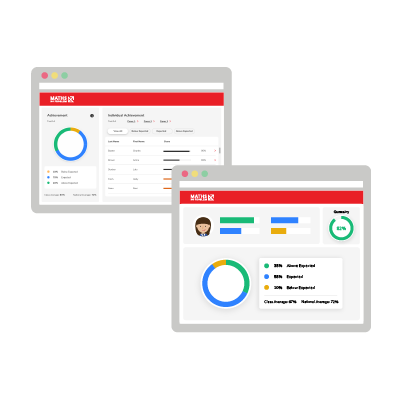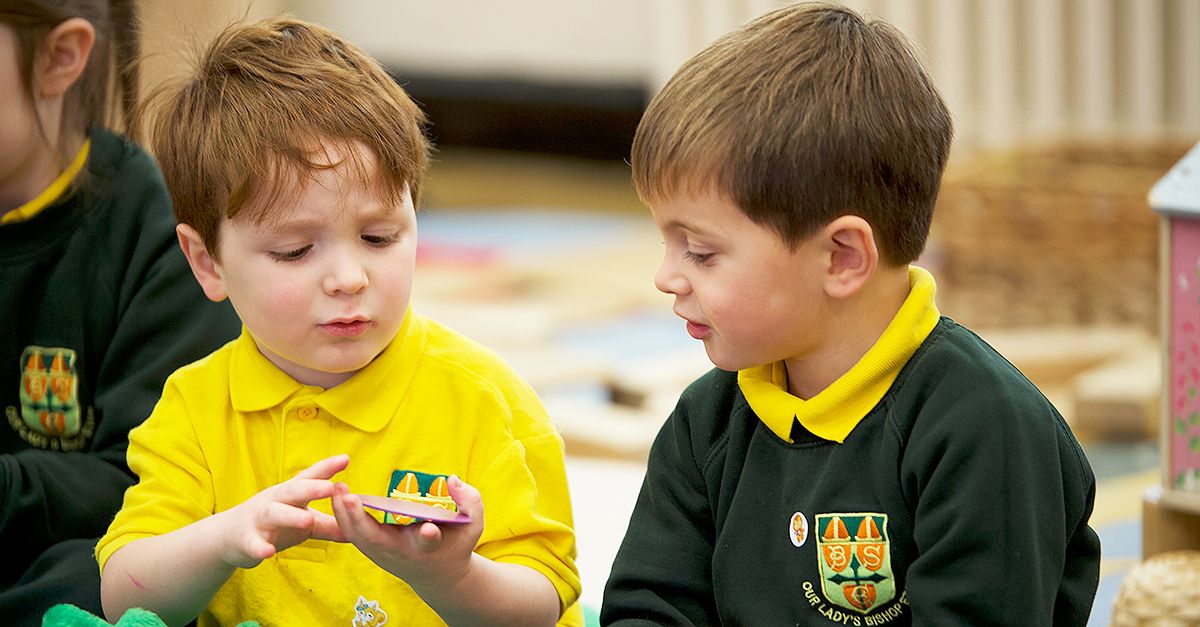Oracy in the Maths Classroom: More than just talk
What does oracy mean in the context of mathematics?
Oracy in maths is about more than getting pupils to talk. It is about helping them to articulate reasoning clearly, to listen carefully and to engage thoughtfully with the ideas of others. In mathematics, oracy supports pupils to make sense of concepts through talk and to become more aware of how they use language to explain, question and justify. This awareness also supports metacognition, helping children to reflect on the clarity and precision of their spoken reasoning. In mathematics classrooms, oracy is often underplayed. As we increasingly focus on equity, inclusion and disciplinary literacy, the recent Oracy Education Commission report (We Need to Talk, 2024) offers a timely reminder that oracy is not an add-on. It is a core part of learning.
Oracy: The Fourth 'R'
The Commission makes a compelling case for oracy as foundational alongside reading, writing and arithmetic. This is not about forcing every maths lesson into a debate, but about recognising that reasoning, justification and mathematical dialogue are central to how learners make sense of concepts.
The Speak for Change report (APPG on Oracy, 2021) reinforces this, calling for oracy to be given the same attention as literacy and numeracy. It recommends clearer guidance and greater confidence among teachers in delivering spoken language objectives. High-quality oracy, it suggests, is everyone’s responsibility.
Calls to embed oracy in mathematics are not new. The Cockcroft Report (Mathematics Counts, 1982) made a clear case for the importance of spoken mathematical communication over forty years ago. It recommended that ‘mathematics teaching at all levels should include opportunities for discussion between teacher and pupils and between pupils themselves’ and argued that ‘the ability to “say what you mean and mean what you say” should be one of the outcomes of good mathematics teaching’. It also highlighted the underused potential of mathematics to develop ‘precision and sensitivity in the use of language’ (Cockcroft, 1982, paras 243 and 246). Although today’s frameworks for oracy are more sophisticated, the principle remains the same: good mathematics learning requires good mathematical talk.
Learning to Talk: Supporting Mathematical Expression
Children need to learn how to talk mathematically. This includes developing vocabulary, but also using structures that support reasoning. The Oracy Framework developed by Voice 21 describes four strands: physical, linguistic, cognitive and social-emotional. These align well with the demands of exploratory talk in maths. Regular classroom routines such as sentence stems, group and partner talk, and problem narration can support all four areas.
Teachers can encourage talk with sentence frames such as:
- 'I know this because...'
- 'Another way we could think about it is...'
- 'That cannot be right because...'
These structures support fluency, precision and mathematical confidence. For pupils learning English as an additional language, structured talk is a powerful bridge to participation. Using visuals, gestures and shared models such as bar modelling also supports clarity.
The We Need to Talk report emphasises the importance of disciplinary oracy: subject-specific ways of speaking, reasoning and communicating. In mathematics, this means using precise vocabulary, following logical structures and engaging with concepts through conjecture, justification and critique. Helping pupils take part in mathematical dialogue is a vital part of building their identity as mathematicians.
Learning through Talk: Deepening Understanding
Perhaps the most powerful role of oracy in maths is as a tool for thinking. When students explain, question and justify, they make their understanding visible. Dialogic teaching approaches have measurable impact on learning (EEF, 2017).
In practice, this might include:
- Rehearsing explanations before sharing
- Using sentence stems with partners
- Inviting disagreement and exploring multiple strategies
- Asking pupils to respond to each other rather than only the teacher
Maths — No Problem! integrates collaborative elements throughout its lesson design, particularly through its problem-solving approach. Pupils are encouraged to explore, justify and refine their mathematical thinking in dialogue with others. This mirrors Robin Alexander’s view of dialogic classrooms as spaces where understanding is co-constructed through talk, reasoning and mutual exploration (Alexander, 2008). The focus is not only on finding answers but on articulating the journey towards them.
Each phase of the Maths — No Problem! lesson offers distinct opportunities for oracy. The Explore phase supports open, exploratory talk as pupils share initial ideas and reason collaboratively. The Master phase provides a chance to compare and critique strategies, deepening understanding through structured discussion. During Guided Practice, pupils consolidate learning by talking through their thinking with peers before moving on to independent work. Across the lesson, these varied forms of talk build confidence, precision and mathematical fluency.
Transform Your Maths Assessment
Insights — our online assessment tool — gives you instant, powerful data to identify gaps and improve results.

Learning about Talk: Developing Metacognition and Inclusion
When students reflect on how they use talk, they develop awareness of their own thinking. They also begin to recognise that language varies by context. 'Timesed' might be common in Year 3, but not in a formal explanation. Discussing how and why we express mathematical ideas in different ways supports metacognitive growth.
Oracy also supports inclusion. The Commission highlights language diversity and the importance of respecting dialects and communication methods. Translating between informal and formal terms helps bridge understanding. Storytelling can deepen this. When children narrate a maths problem, they develop expressive confidence and conceptual understanding. These approaches allow children to explore language and identity while engaging with key concepts.
Moving Forward
Curriculum time in primary classrooms is already under significant pressure. We do not need to create additional lessons for oracy. Instead, we can recognise and make purposeful use of the opportunities already embedded within mathematics lessons. Talk should be expected, modelled and valued as part of everyday learning. This means:
- Modelling exploratory and reflective talk
- Building progression in talk alongside curriculum content
- Using talk as part of formative assessment
Supporting pupils to think, reason and communicate mathematically is part of what we do every day. Oracy brings that work into sharper focus; not as an add-on, but as an essential part of mathematical understanding.
Learn More:
Why it’s important to see maths as a language
References
Alexander, R. (2008) Towards Dialogic Teaching: Rethinking Classroom Talk. 4th edn. York: Dialogos.
APPG on Oracy (2021) Speak for Change: Final Report. London: Oracy All-Party Parliamentary Group.
Education Endowment Foundation (2017) Dialogic Teaching Evaluation Report.
Oracy Education Commission (2024) We Need to Talk: The Case for Oracy in Education.

